To provide the best experiences, we use technologies like cookies to store and/or access device information. Consenting to these technologies will allow us to process data such as browsing behaviour or unique IDs on this site. Not consenting or withdrawing consent, may adversely affect certain features and functions.
The technical storage or access is strictly necessary for the legitimate purpose of enabling the use of a specific service explicitly requested by the subscriber or user, or for the sole purpose of carrying out the transmission of a communication over an electronic communications network.
The technical storage or access is necessary for the legitimate purpose of storing preferences that are not requested by the subscriber or user.
The technical storage or access that is used exclusively for statistical purposes.
The technical storage or access that is used exclusively for anonymous statistical purposes. Without a subpoena, voluntary compliance on the part of your Internet Service Provider, or additional records from a third party, information stored or retrieved for this purpose alone cannot usually be used to identify you.
The technical storage or access is required to create user profiles to send advertising, or to track the user on a website or across several websites for similar marketing purposes.
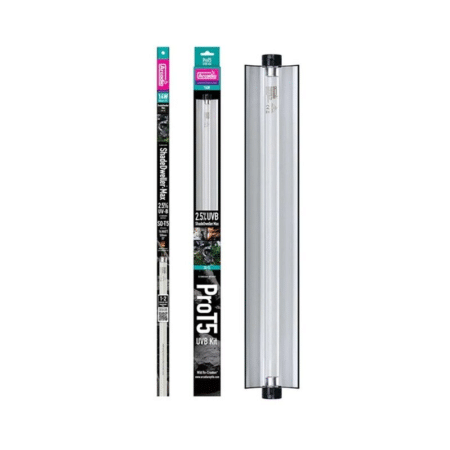
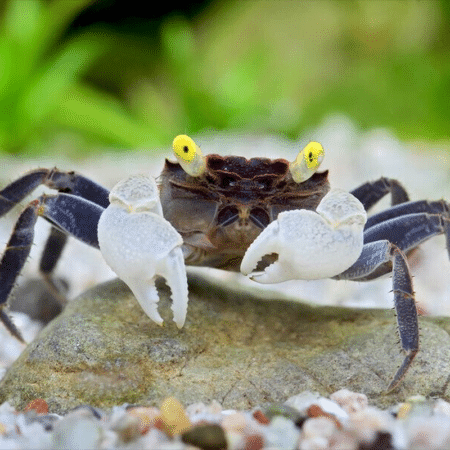
 Neolamprologus Caudopunctatus «Red Fin» - Lake Tanganyika Cichlid - Zambia
1 × £12.58
Neolamprologus Caudopunctatus «Red Fin» - Lake Tanganyika Cichlid - Zambia
1 × £12.58 

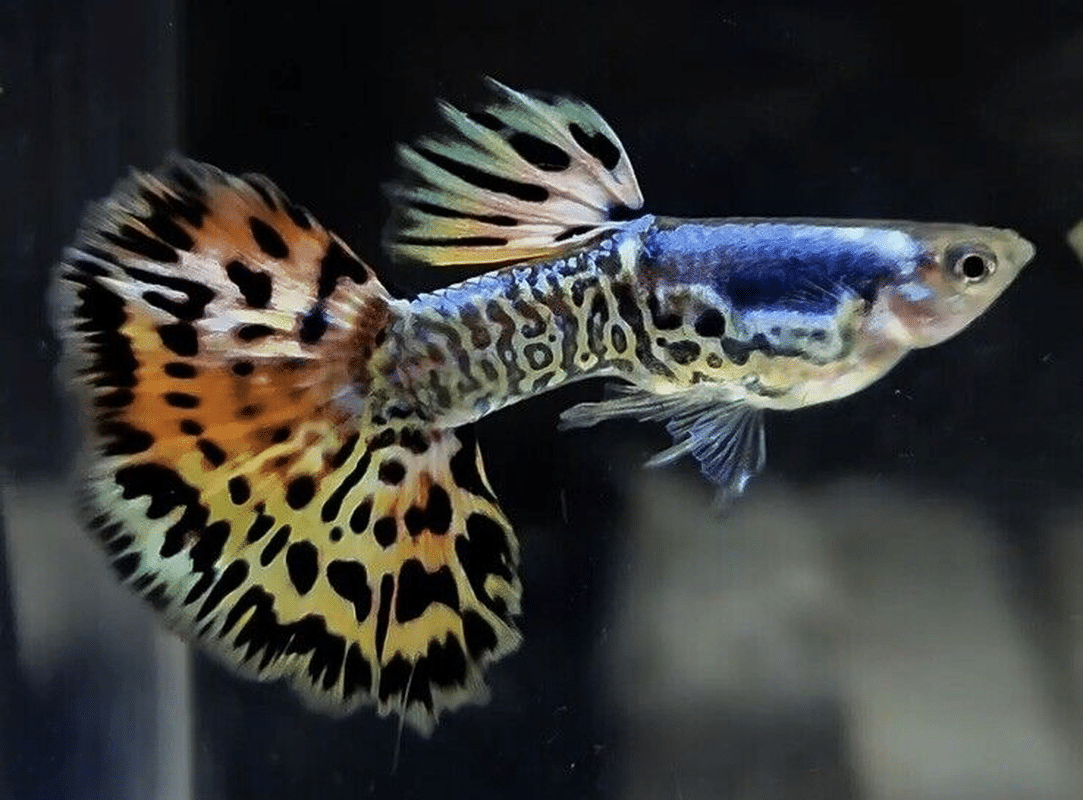



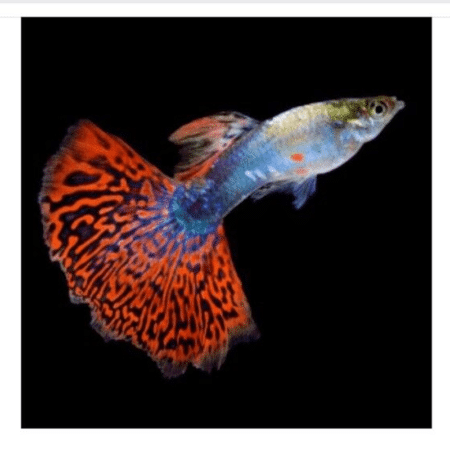


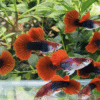


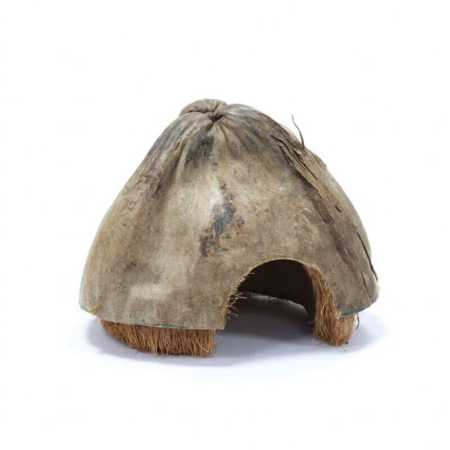
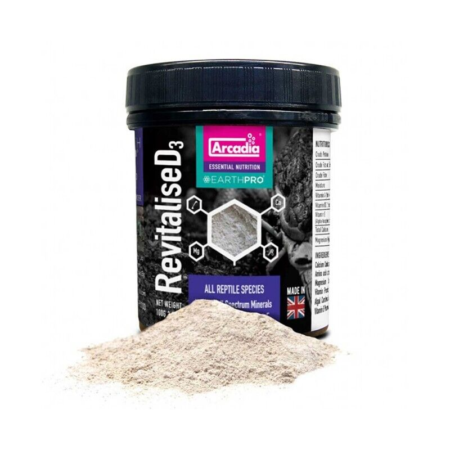




Jessica Reynolds (verified owner) –
I absolutely adore my new Galaxy Mosaic Red Guppies! After introducing them to my 20-gallon freshwater tank just a week ago, I can already see how vibrant they are. The colors are breathtaking and truly light up my aquarium. The pair arrived healthy and lively, which is crucial for me as a caring fish parent. I was a bit nervous about the acclimation process, but following the provided guidelines made it easy, and they settled in without any stress. I’ve had guppies before, but this specific variety has such a unique pattern and personality! They swim around together, showcasing their stunning colors, which is a joy to watch. One minor concern was that they seemed a bit shy at first, hiding behind the plants, but they are coming out more each day. I highly recommend these colorful fish for anyone looking to add life and charm to their aquarium—perfect for both beginners and seasoned aquarists. I can’t wait to see their colors develop even further as they mature!
Emily Carter (verified owner) –
I recently purchased a pair of the Guppy Poecilia Ret Galaxy Mosaic Red Guppies, and I couldn’t be happier! These little fish are absolutely vibrant and their colors are just stunning—much more beautiful in person than I expected. I’ve been a freshwater fish enthusiast for over five years, and these guppies really stand out in my tank.
After a week of acclimatization, they adjusted beautifully and started exploring their new home. The male has this incredible mix of reds and blues, while the female complements him perfectly with her subtle patterns. They are not only gorgeous but very energetic, bringing a lively charm to my aquarium.
I’ve kept guppies before, but these are definitely a step up compared to the more common varieties. They thrive well in a planted tank with some gentle flow, which I’ve set up, and I’ve noticed they get along great with my other freshwater fish.
For anyone looking to enhance their aquatic display, I highly recommend these guppies. They are perfect for both new and experienced fish parents who appreciate vibrant colors and active fish. Just a heads-up: make sure they have enough swimming space, as they are quite playful! Overall, a fantastic addition to my collection, and I would absolutely purchase again!